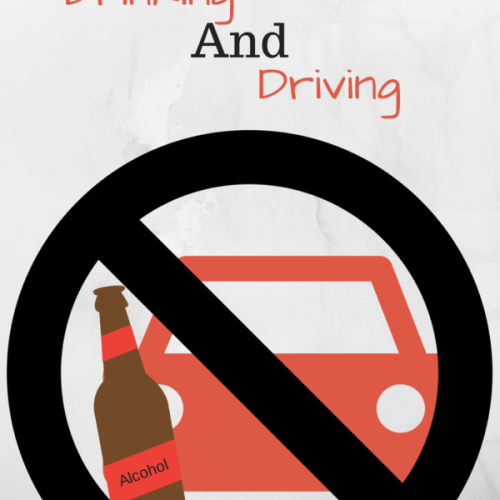Distracted driving is one of the leading causes of vehicle accidents, claiming thousands of lives each year. The momentary lapse in concentration can have lasting consequences, making it critical to actively prevent distractions while driving. These proactive strategies will help keep your attention on the road and make your driving experience safer for everyone.
Define Your Driving Zone
Before you start the car, determine that the interior is a ‘distraction-free zone.’ Establish rules for yourself and communicate them to passengers to ensure everyone understands the importance of minimizing interruptions.
Prepare Before You Drive
Many distractions occur because drivers attempt to multitask. The Sacramento car accident attorneys at Rosenthal Law Firm reccomend that you do the following before getting on the road:
- Plan Your Route: Pre-set your GPS and review directions so you know your route.
- Adjust Controls: Set your air conditioning, heat, and radio before you begin driving.
- Secure Your Belongings: Ensure that everything is stowed away securely so you’re not tempted to reach for falling items.
Use Technology Wisely
Technology should enhance, not detract from, driving safety.
- Do Not Disturb: Use ‘Do Not Disturb While Driving’ settings or similar features available on most smartphones to silence incoming notifications.
- Hands-Free Devices: If you must be reachable, invest in a hands-free system for your car, but remember that even hands-free talking can be a distraction.
- Bluetooth Connectivity: Connect your phone to your car’s Bluetooth system for essential functions like navigation or music, so you can control them with voice commands or steering wheel buttons.
Make Conscious Efforts to Stay Focused
Develop habits that help maintain focus. On long trips, plan to stop for breaks to address any needs that might become distractions. Emotional or intense discussions, even hands-free, can take your attention away from driving.
Educate Young Drivers
With the rise in smartphone usage, young drivers are particularly vulnerable to distractions.
- Lead by Example: Demonstrate attentive driving.
- Set Rules: Establish family rules addressing phone use, passenger behavior, and overall attention to driving.
- Discuss Consequences: Make sure they understand the legal and ethical ramifications of negligent driving.
Manage Your Multitasking
Any activity that is not directly related to the operation of the vehicle is considered a distraction such as multitasking. Refrain from eating or drinking; if you need to, stop at a rest area. Finish grooming before you leave, or wait until you reach your destination.
Address Passenger Distractions
Passengers can contribute to safe driving by being considerate. Avoid engaging the driver in complex conversations or anything that requires looking away from the road. If you’re in the front seat, help with directions or managing the infotainment system.
Remember the Stakes
Remind yourself of the stakes involved every time you drive. Distracted driving not only endangers your life but the lives of passengers, fellow drivers, pedestrians, and cyclists. Developing a mindfulness approach toward driving can significantly reduce distractions and make you a safer driver.
Commit to these practices every time you get behind the wheel. By taking steps to minimize distractions, you contribute to a safer road environment for everyone. It starts with a single driver choosing safety over convenience—one decision at a time.
We are not lawyers and this is in no way intended to be used as legal advice . We cannot be held responsible for your results. Always do your own research and seek professional legal help.








